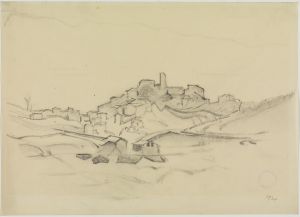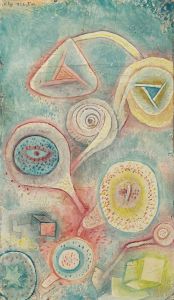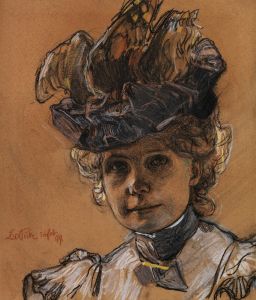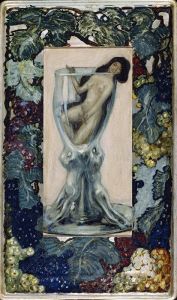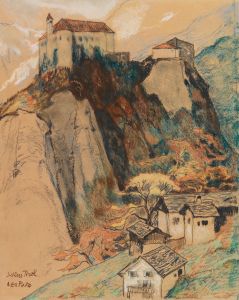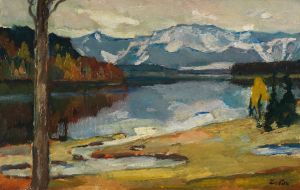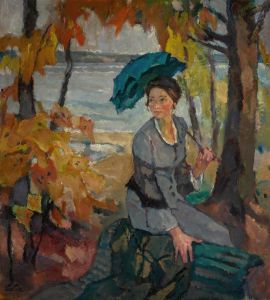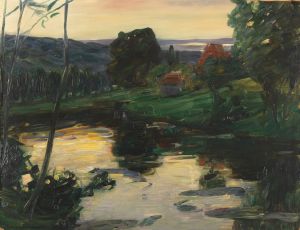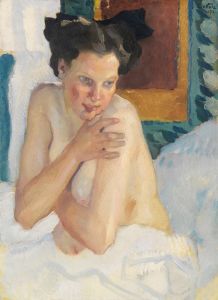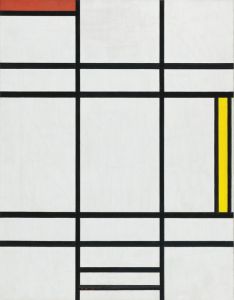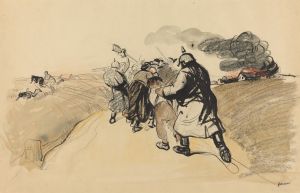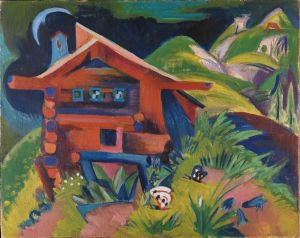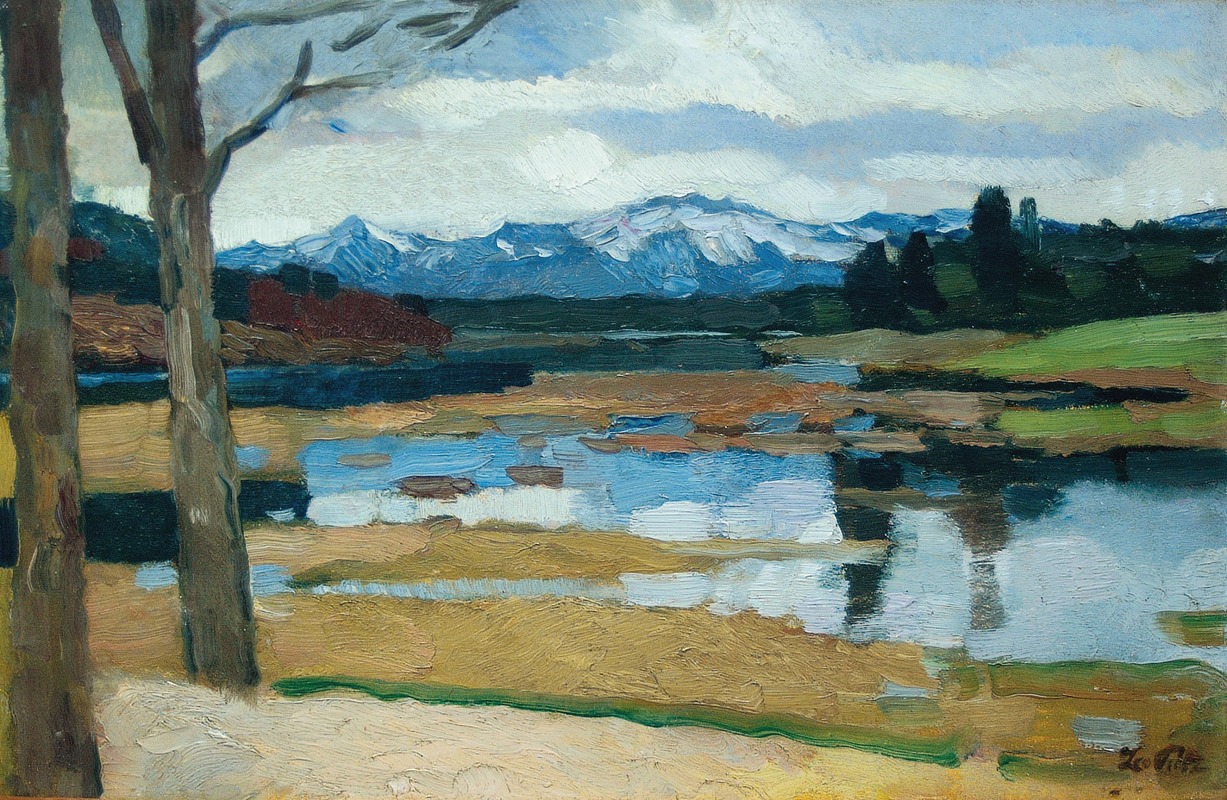
Kampenwand
A hand-painted replica of Leo Putz’s masterpiece Kampenwand, meticulously crafted by professional artists to capture the true essence of the original. Each piece is created with museum-quality canvas and rare mineral pigments, carefully painted by experienced artists with delicate brushstrokes and rich, layered colors to perfectly recreate the texture of the original artwork. Unlike machine-printed reproductions, this hand-painted version brings the painting to life, infused with the artist’s emotions and skill in every stroke. Whether for personal collection or home decoration, it instantly elevates the artistic atmosphere of any space.
Leo Putz was a prominent German painter known for his contributions to the art movements of Impressionism and Jugendstil, the German counterpart of Art Nouveau. Born in 1869 in Merano, which was then part of the Austro-Hungarian Empire, Putz developed a distinctive style characterized by vibrant colors and dynamic compositions. He studied at the Academy of Fine Arts in Munich and later became a member of the Munich Secession, a group of artists who sought to break away from traditional academic art.
One of Putz's notable works is "Kampenwand," a painting that captures the scenic beauty of the Kampenwand mountain, located in the Bavarian Alps. The Kampenwand is a popular destination known for its striking rock formations and panoramic views, making it an inspiring subject for artists. Putz's depiction of the Kampenwand reflects his mastery of capturing natural light and atmosphere, hallmarks of his Impressionist influence.
In "Kampenwand," Putz employs a palette of soft, harmonious colors to convey the serene yet majestic presence of the mountain landscape. The painting likely showcases Putz's skill in rendering the interplay of light and shadow, a technique he honed through his studies and artistic practice. His brushwork, often described as fluid and expressive, adds a sense of movement and vitality to the scene, inviting viewers to experience the tranquil beauty of the Bavarian Alps.
Putz's work during this period often focused on landscapes and scenes from nature, reflecting his deep appreciation for the natural world. His ability to capture the essence of a place with both precision and emotion made his landscapes particularly resonant with audiences. "Kampenwand" is a testament to Putz's ability to blend technical skill with an emotive portrayal of nature, a quality that earned him recognition and acclaim during his lifetime.
Throughout his career, Leo Putz exhibited widely, both in Germany and internationally. His works were featured in numerous exhibitions, and he received several awards for his contributions to the arts. Putz's influence extended beyond his paintings; he was also an educator and mentor to younger artists, sharing his knowledge and passion for art.
In addition to his landscapes, Putz was known for his portraits and genre scenes, which often depicted everyday life with a sense of intimacy and warmth. His diverse body of work reflects his versatility as an artist and his ability to capture the human experience in various forms.
Leo Putz continued to paint and exhibit his work until his death in 1940. Today, his paintings are held in collections around the world, appreciated for their beauty and technical excellence. "Kampenwand" remains a significant example of Putz's landscape work, embodying the qualities that define his artistic legacy.





